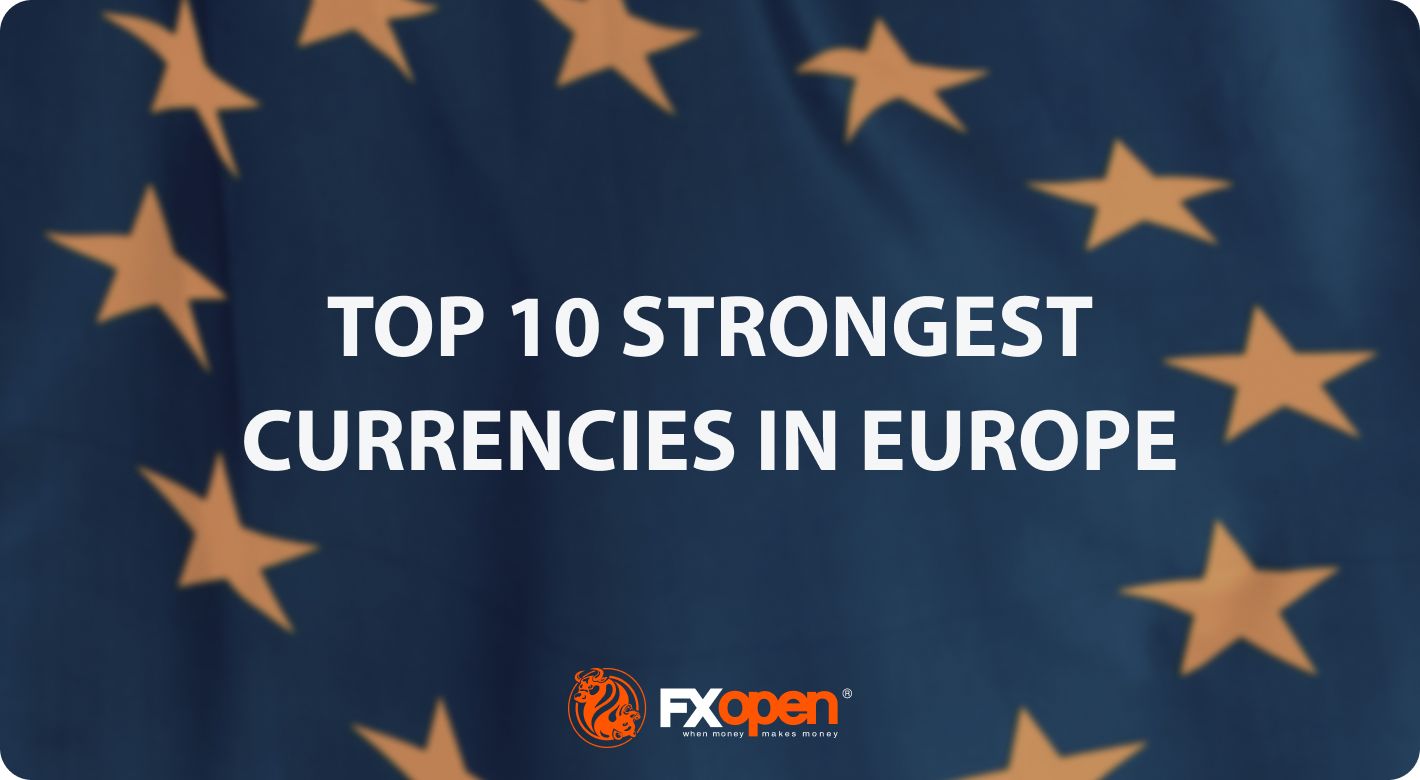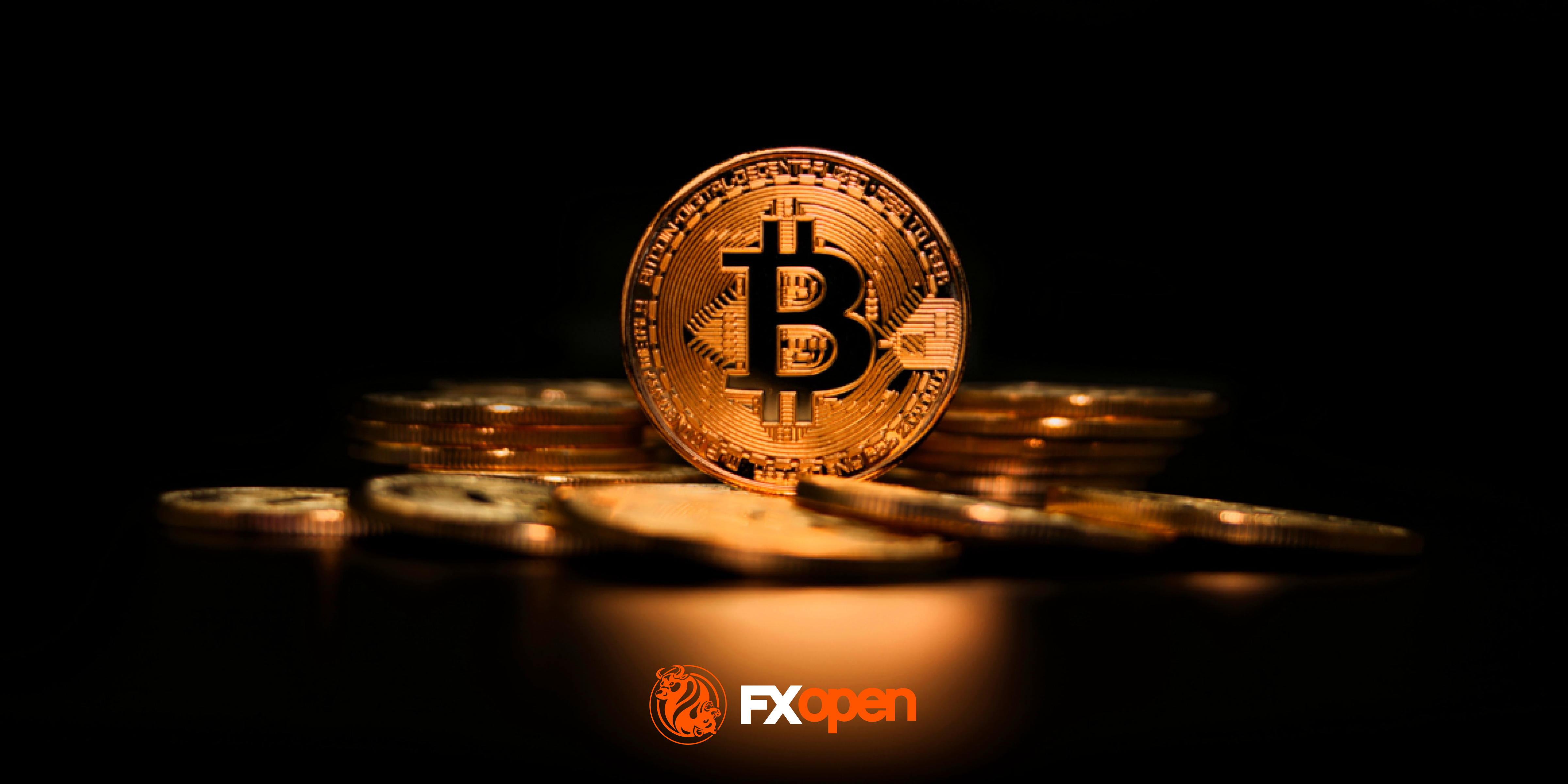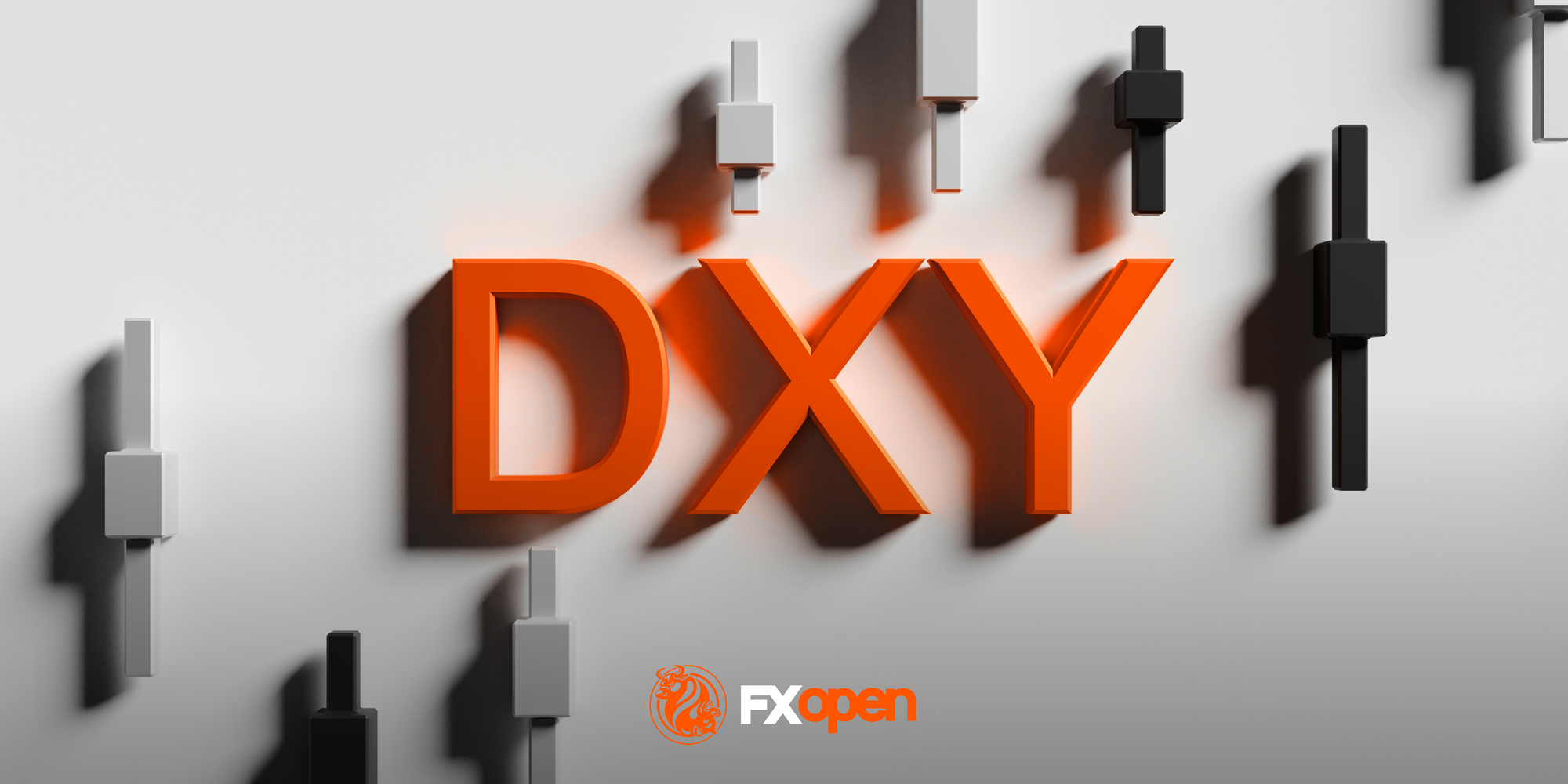FXOpen

The foreign exchange market, commonly known as forex, is a dynamic arena where traders, companies, and government agencies trade currencies from all over the world. Europe is home to currencies renowned for their strength and stability.
This FXOpen article explores the top 10 strongest currencies in Europe, considering the economic and political stability of their respective countries and briefly analysing their performance in the forex market.
1. Pound Sterling (GBP)
Situated in Western Europe, the United Kingdom is a prominent economic and political player on the world stage. The strength of the British pound reflects the country’s influence. The UK possesses a robust and diverse economy supported by industries such as finance, technology, and manufacturing. Its stable political environment further solidifies the strength of the GBP.
The GBP can be called the best currency in Europe, considering its strength against the USD. It’s a popular choice for traders due to its liquidity and reliability. Still, its performance in the forex market is closely linked to global economic events.
2. Gibraltar Pound (GIP)
The currency officially used in Gibraltar, a British Overseas Territory situated at the southernmost point of the Iberian Peninsula, is the Gibraltar pound. Gibraltar’s economy is primarily based on financial services, online gaming, navigation, and tourism.
The Gibraltar pound maintains a fixed exchange rate, pegged at a one-to-one value with the British pound sterling. Since the currency follows the movement of the GBP, it is also considered one of the strongest in Europe.
3. Swiss Franc (CHF)
Located in Central Europe, Switzerland is a country known for its neutrality and robust financial sector. The Swiss franc (CHF) is also the national currency of Liechtenstein. The CHF is seen as a safe-haven asset during times of market turmoil.
Switzerland boasts a diversified economy with a focus on banking and pharmaceuticals. This is one of the richest countries in the world and has a strong attraction for foreign investment due to its overall stability, high level of financial reporting openness, and low bank interest rates. The value of the franc puts it in third place in the Europe currency list.
4. The Euro (EUR)
The Eurozone, comprising 20 of the 27 member states of the European Union (EU), uses the euro as its official currency. These countries are spread across Western and Southern Europe. The Eurozone is characterised by a high degree of economic integration and stability. The euro is managed by the European Central Bank (ECB), which ensures monetary policy consistency.
Being one of the most popular currencies used in Europe, the euro is known for its high liquidity and low spreads in forex trading. It’s typically influenced by economic indicators, geopolitical developments, and central bank policy decisions.
5. Bosnia and Herzegovina Convertible Mark (BAM)
The convertible mark (BAM) is the official currency of Bosnia and Herzegovina, located in the Balkans of Southeastern Europe. Although Bosnia and Herzegovina has faced political and economic challenges, the convertible mark has surprisingly remained stable thanks to currency board arrangements and international support.
The BAM is pegged to the euro, providing stability. The financial services sector is becoming increasingly popular in this country, especially as a tax haven. This has led to an influx of money from all over the world, which is also the reason for the high stability of the currency.
6. Bulgarian Lev (BGN)
Bulgaria is situated in Southeastern Europe. As it is not a part of the Eurozone, it has its own currency, the Bulgarian lev. The country may adopt the euro as its legal tender soon. The target date is the 1st of January 2025. Bulgaria’s economy has been steadily growing, and it’s known for its low debt and budget surplus. Political stability contributes to the strength of the lev.
The performance of the Bulgarian lev in the forex market is influenced by the country’s economic indicators, decisions of the Bulgarian National Bank (BNB), and regional factors. This emerging currency is gaining attention from traders.
7. Georgian Lari (GEL)
Georgia, situated at the crossroads of Eastern Europe and Western Asia, uses the Georgian lari. Georgia has seen improvements in political stability and economic growth driven by tourism, agricultural production, and the mining of industrial metals.
The performance of the currency is linked to Georgia’s economic progress driven by reforms and investments, as well as regional developments. Traders consider both domestic factors and regional influences.
8. Polish Zloty (PLN)
The Polish zloty is the currency of Poland, located in Central Europe. Poland has a diverse economy, with major industries including manufacturing, agriculture, and services. The country has experienced strong economic growth recently, and it is the sixth-largest economy in the EU.
The Polish zloty has been relatively stable, with some fluctuations due to external factors. The value of the currency is influenced by interest rates, inflation, and political stability. The National Bank of Poland has the power to intervene in the foreign exchange market to stabilise the currency.
9. Romanian Leu (RON)
Romania is positioned in Southeastern Europe and uses the Romanian leu (RON) as its official currency. Romania has experienced economic growth and political stability, particularly since its European Union membership in 2007.
The strength of this currency is partially defined by the agricultural products produced in Romania, such as wheat, corn, automobiles, auto parts, and electronics. The Romanian leu’s performance is affected by domestic economic conditions and developments within the European Union.
10. Danish Krone (DKK)
Denmark, a Nordic country in Northern Europe, uses the Danish krone. Denmark’s economy is characterised by a strong welfare system, political stability, and a well-regulated financial sector. The usual practice of the Danish central bank involves aligning its decision-making with that of the ECB.
The Danish krone has been trading on the strong side of Euro parity since 2020. The currency is impacted by various economic indicators, central bank policies, and developments within the European Union, as Denmark is a member state.
Final Thoughts
There are many different currencies in Europe, and their strength and stability are closely tied to the economic and political conditions of their respective countries. These factors, along with historical performance, shape their roles in the forex market.
To easily follow price changes of different assets, you may use the TickTrader trading platform and take advantage of analysis tools. You can also open an FXOpen account and start trading strong European currencies.
This article represents the opinion of the Companies operating under the FXOpen brand only. It is not to be construed as an offer, solicitation, or recommendation with respect to products and services provided by the Companies operating under the FXOpen brand, nor is it to be considered financial advice.
Stay ahead of the market!
Subscribe now to our mailing list and receive the latest market news and insights delivered directly to your inbox.








